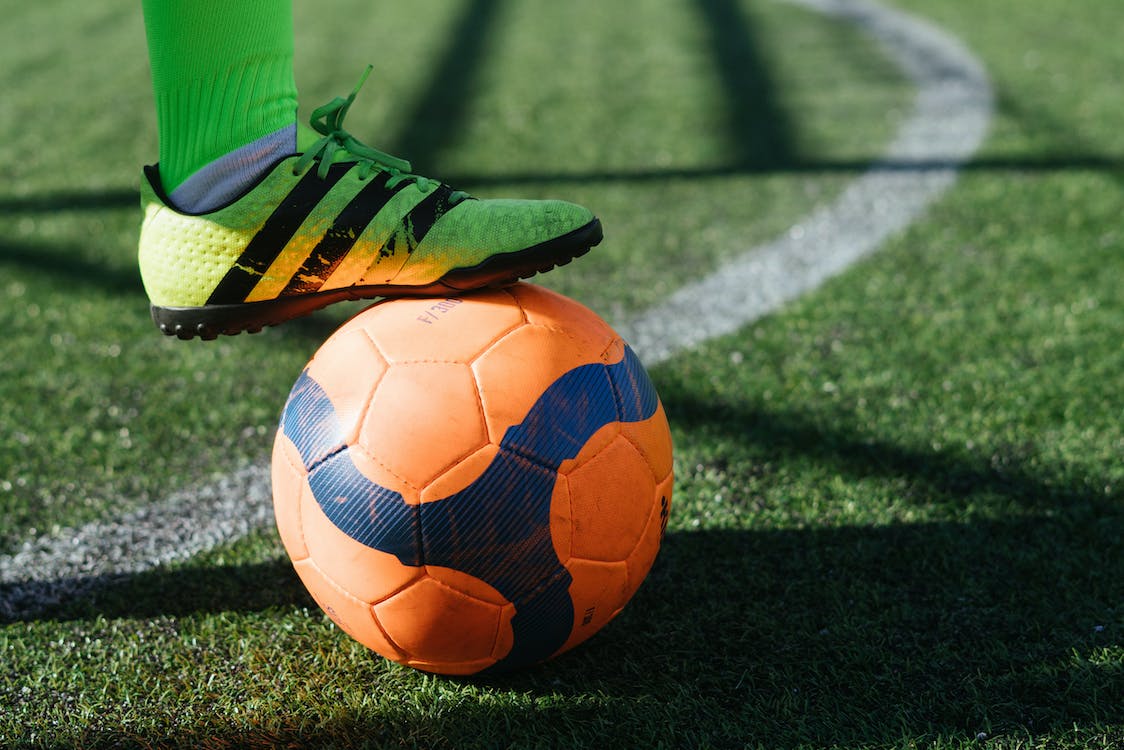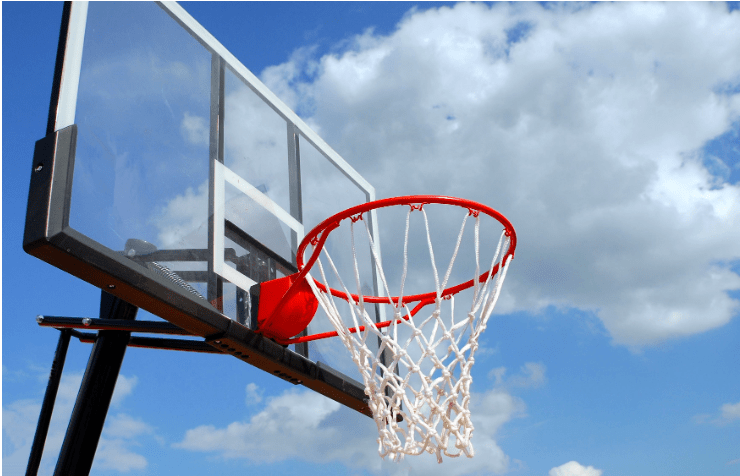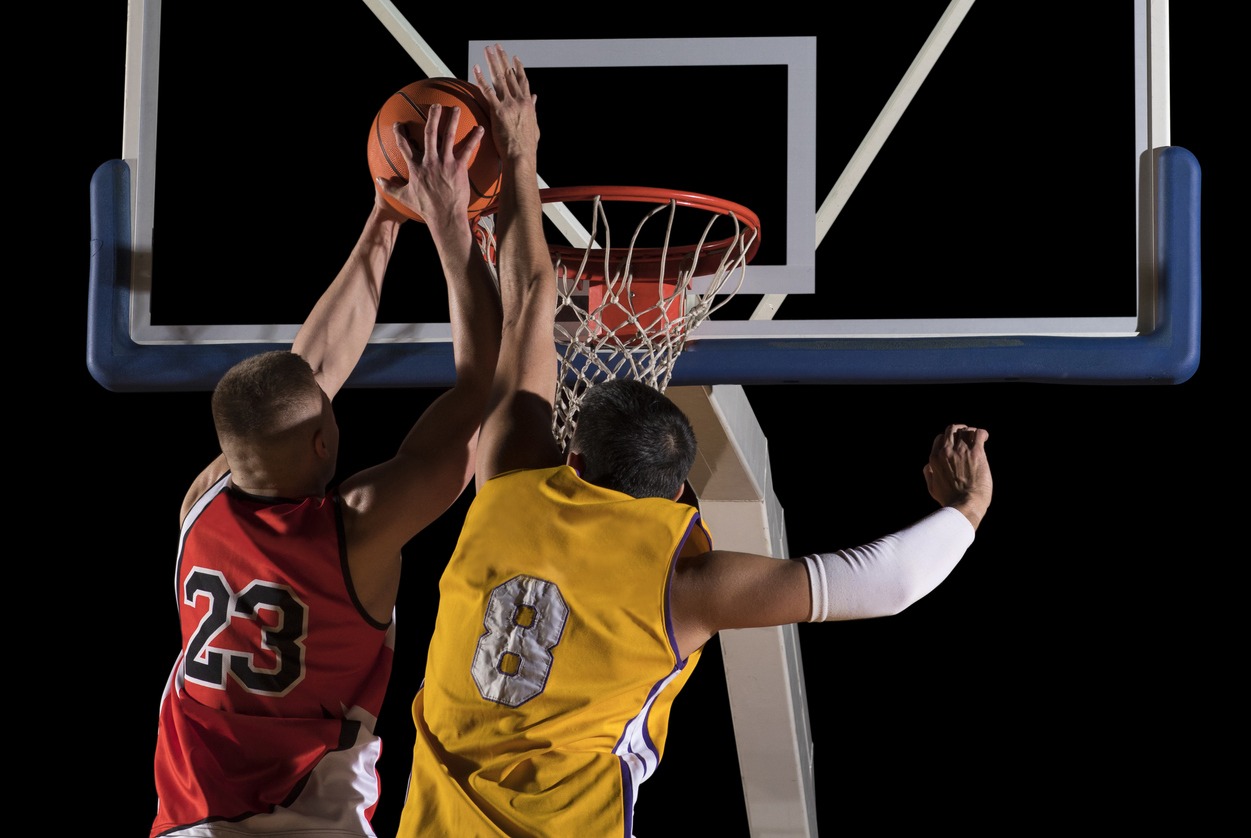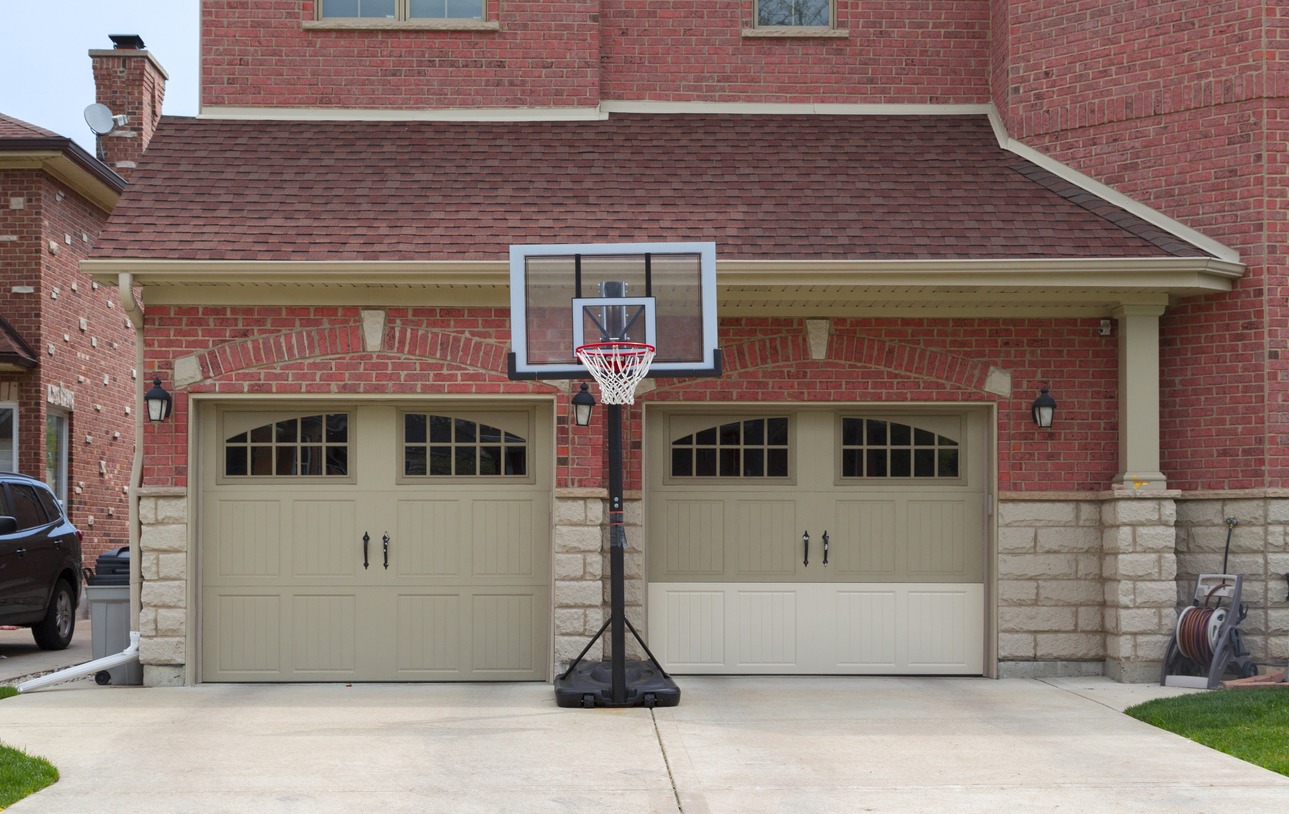Guide to Selecting the Right Basketball
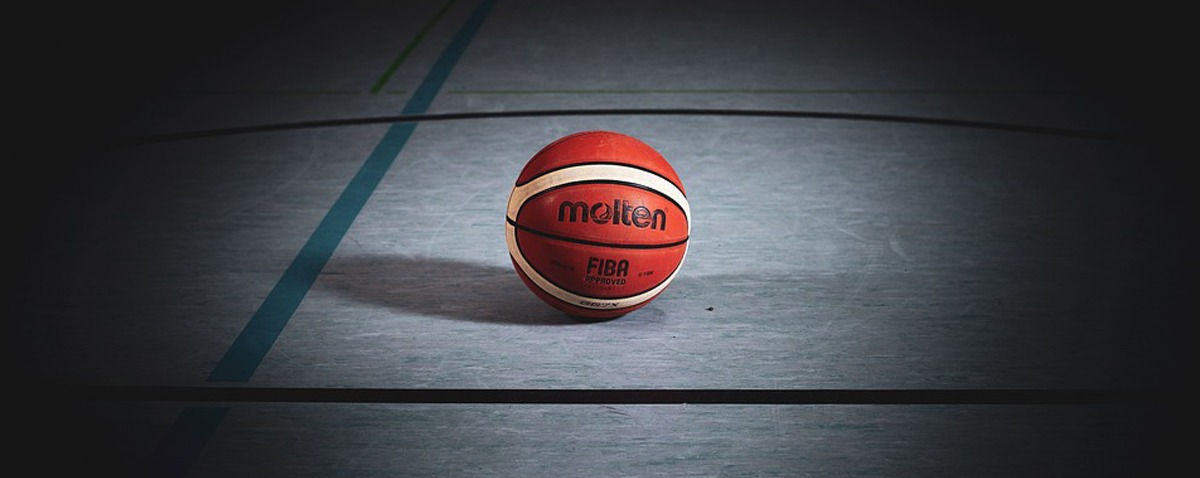
Basketball is regarded by many sports enthusiasts as one of the most popular sports in the world, and one of the reasons why it is popular is because of how fun it is to play. In basketball, it is much easier to score due to the smaller court or play area compared to other sports like football. So, you would often see the score in basketball games go up to more than 100 points, and this offensive-focus sport is very exciting to play and watch for many people.
In order to play the said sport properly, you would need to have the right basketball. A basketball is usually orange in color and has black lines in specific parts of the ball that provides grip. While basketballs are often uniform in appearance, they would usually have different sizes and materials. So, which size or material is suitable for you when it comes to basketball? To help you with your decision, here is a guide to selecting the right basketball.
Choosing the Right Size of Basketball

Choosing the correct or most suitable basketball is important for many players, as there are sizes that would provide a more comfortable or hassle-free experience in playing the sport for specific age groups. Here are the common sizes of basketballs and who they are perfect for.
Size 1
The smallest size of basketball is the size 1, also known as the mini basketball. It has a circumference of 16 inches and weighs about 8 ounces. This mini basketball is not really supported to play a full game, as they are usually only used for shooting practices. Toddlers and kids ages 3 and up would enjoy shooting using this mini basketball.
Size 3
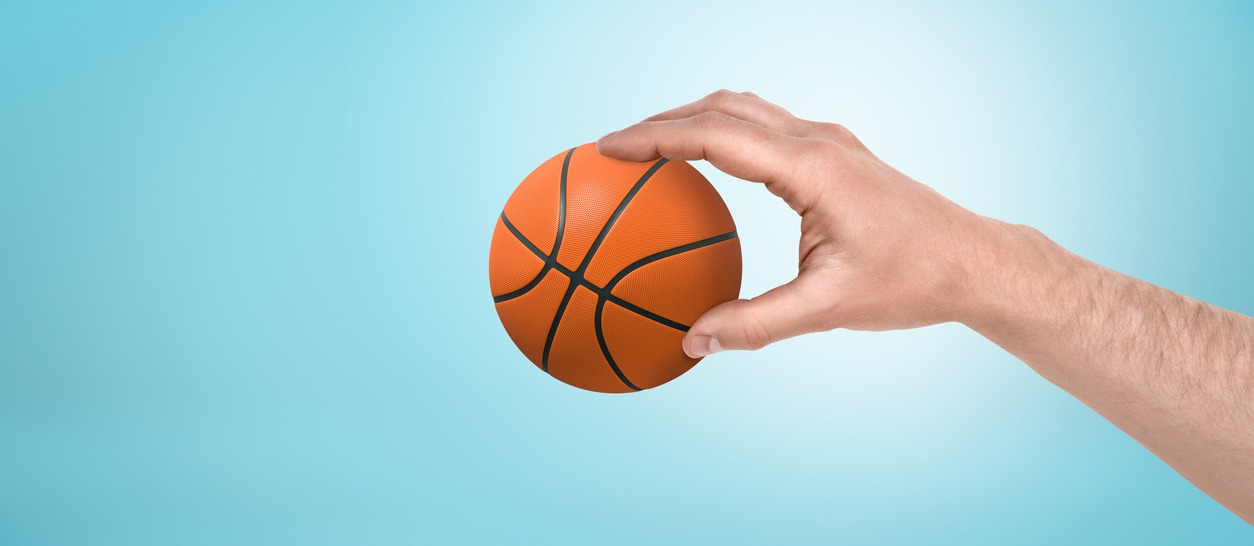
A popular size of basketball for kids that are aged 5 and up is the size 3 basketball. The size 3 basketball has a circumference of 22 inches and weighs about 10 ounces. [1] Although this basketball is bigger than the size 1 basketball, this is still not suitable for playing full games. Instead, the size 3 basketball is perfect for kids with small hands that want to practice their ball-handling and dribbling skills.
Size 4
Kids aged 6 to 8 years old can move from size 3 basketballs to size 4 basketball in order to improve their handling and dribbling using a much larger ball. The size 4 basketball has a circumference of 25.5 inches and weighs 14 ounces. This basketball size is also perfect for practicing proper shooting form for kids.
Size 5
Most junior basketball leagues around the world use the size 5 basketball. The size 5 basketball, also known as the junior size basketball, is the size that is suitable for kids aged 5 to 11 years old, as it has a circumference of 27.5 inches and weighs from 18 ounces to 20 ounces. [2] It has the perfect weight for use in full junior basketball games, and its size is also great for ball handling and promoting proper shooting form.
Size 6
Youth basketball leagues, which are played by teens aged 12 to 15 years old, use size 6 basketballs for games. The size 6 basketball has a circumference of 28.5 inches and a weight of 20 ounces. [2] Although youth basketball leagues are the primary users of this basketball size, it is also used in women’s youth, high school, and college leagues.
Size 7
The full-size basketball or the official basketball size is the size 7 basketball. This is the basketball size that is used in the National Basketball Association or NBA, as well as in other adult basketball leagues in different countries and regions of the world. In addition, it is also used for men’s college basketball leagues and most men’s high school basketball leagues. The circumference of the size 7 basketball is 29.5 inches, while its weight is 22 ounces. [1]
Choosing the Right Materials for the Basketball
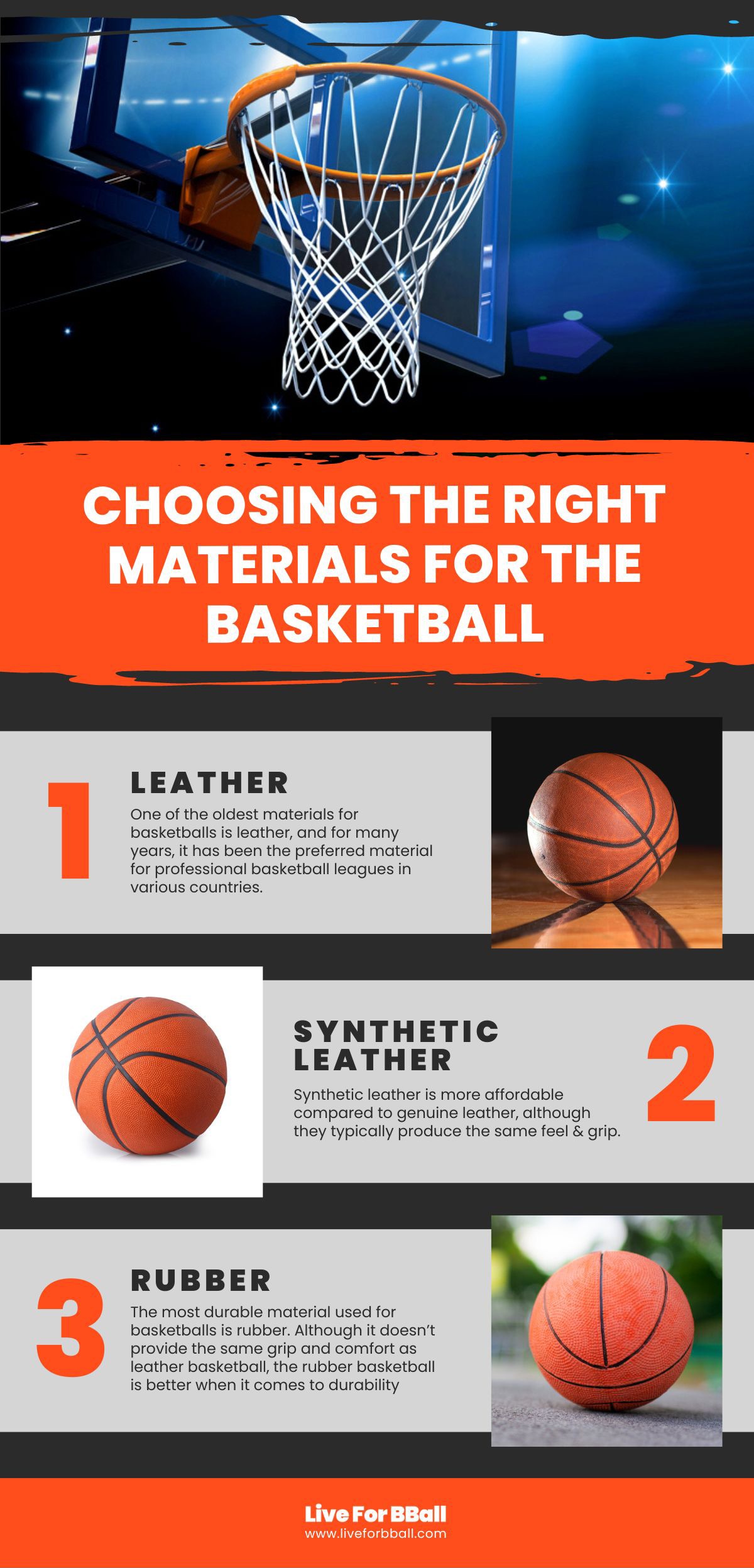
Besides sizes, there are also different types of materials that are available for basketball. Each of the different materials offers pros and cons, so choosing a basketball material is essential if you want the ball to last longer or handle better on specific courts or surfaces. Here are the different materials used for basketballs.
Leather
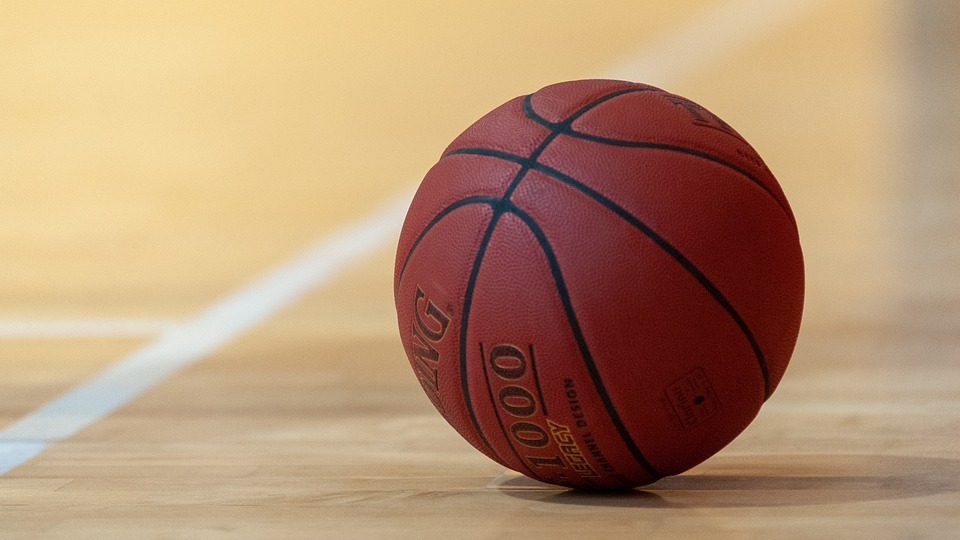
One of the oldest materials for basketballs is leather, and for many years, it has been the preferred material for professional basketball leagues in various countries. Leather basketballs are primarily used for indoor basketball, where the floor is made of wood. The leather material has a better grip compared to other materials, so ball handling is much easier on leather basketballs. [3]
The drawback to leather basketballs is that they are not as durable as other materials, especially when you use them on concrete basketball courts. When they are used on concrete, leather basketballs can get damaged pretty easily, so we don’t recommend that you use them on harder or rougher surfaces. In addition to durability, pricing is also a drawback to leather basketballs, as they are typically more expensive compared to other types. But, once you actually have a leather basketball, you will be able to see and feel why it is expensive.
Synthetic Leather
Synthetic leather is more affordable compared to genuine leather, although they typically produce the same feel and grip. [3] Furthermore, synthetic leather basketballs have this “broken in” feel that allows the surface of the ball to have much more grip while also being more comfortable to hold. This “broken in” feel can only be achieved on leather basketballs after a few weeks or months of use, so if you don’t want to wait that long for the basketball to feel grippier and more comfortable, you should get a synthetic leather basketball.
While synthetic leather is less expensive than genuine leather, its durability is almost the same as the latter. However, it does last a little bit longer compared to leather basketball on indoor courts, but on outdoor courts with concrete floors, it wouldn’t last long since its synthetic material is not really made for rougher courts or surfaces.
Rubber
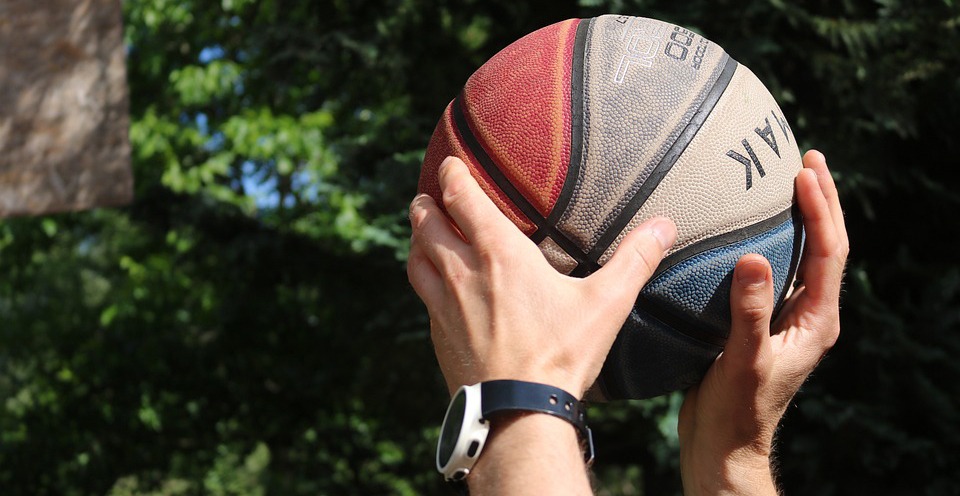
The most durable material used for basketballs is rubber. Although it doesn’t provide the same grip and comfort as leather basketball, the rubber basketball is better when it comes to durability, as it is more resistant to scratches, dents, and other types of damage. So, the rubber basketball is more suitable for outdoor courts that have rough cemented floors. [3]
Even though they can be used on wooden floors, rubber basketballs don’t really work well on them since they have too much bounce. Moreover, because rubber basketballs don’t have the same grip and overall quality as leather basketball, they are usually not used in professional basketball leagues, although there are streetball and 3x3 (3-by-3) basketball competitions that use rubber basketballs for officiated games.
Choosing the Right Basketball Based on Brands
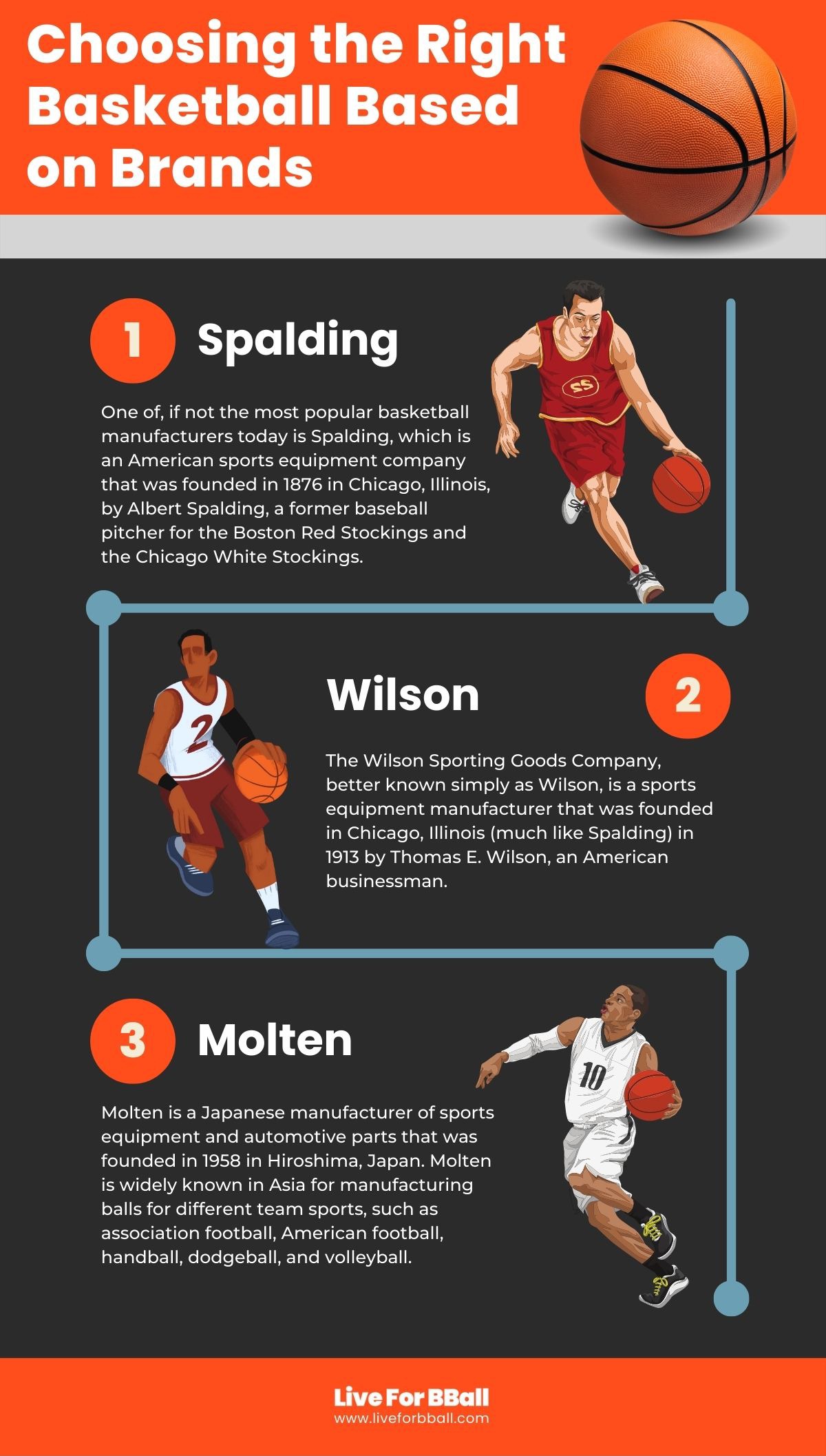
There are several popular brands of basketballs for you to choose from in sporting goods stores and online shops. Most of the brands you can check out today offer almost the same basketballs, although some of them incorporate unique technologies or features in a few of their basketball models. Check the list below for the popular manufacturers of basketballs.
Spalding
One of, if not the most popular basketball manufacturers today is Spalding, which is an American sports equipment company that was founded in 1876 in Chicago, Illinois, by Albert Spalding, a former baseball pitcher for the Boston Red Stockings and the Chicago White Stockings. [4] The headquarters of Spalding is now located in Bowling Green, Kentucky, and the company is currently known for manufacturing basketballs for various leagues, including the EuroLeague, the Greek Basketball League (GBL), and the National Basketball League (NBL).
Spalding is mostly known by people for their leather basketballs, although the company also makes basketballs that are made from synthetic leather and rubber. If you are primarily an indoor basketball player, you should get a leather basketball from Spalding. Here are a few great basketball models made by Spalding.
- Spalding Precision TF-1000 – this indoor basketball has a cover made from dry grip microfiber composite that allows players to handle or control it better compared to most basketballs.
- Spalding Zi/O TF Indoor-Outdoor – this basketball is very versatile since it can be used for indoor and outdoor courts, although most people use it for indoor courts to make it last longer.
- Spalding Legacy TF-1000 – this junior-sized (size 6) basketball is the official ball used for the National Junior College Athletic Association or NJCAA. This ball has a wet grip microfiber composite leather exterior that prevents sweat from sticking on the surface of the ball.
Wilson
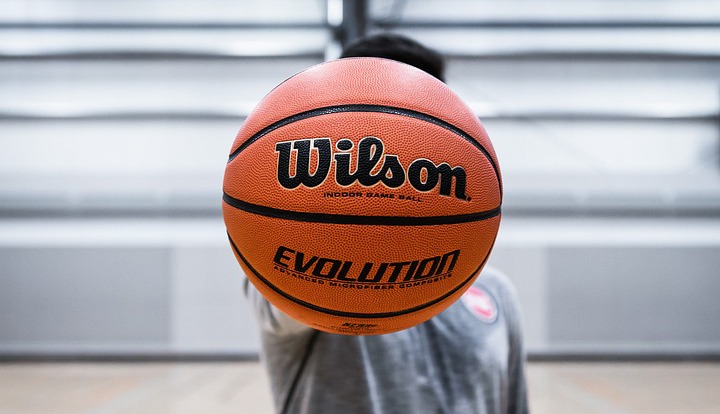
The Wilson Sporting Goods Company, better known simply as Wilson, is a sports equipment manufacturer that was founded in Chicago, Illinois (much like Spalding) in 1913 by Thomas E. Wilson, an American businessman. Wilson has been making equipment and training gear for various sports, including baseball, golf, football, and tennis. But they are also known for making high-quality basketballs that are made from different materials. [5]
Today, the popular basketballs that Wilson makes are from the Wilson Evolution series, which is made from microfiber composite leather and are available in various sizes, from size 5 to size 7. If you want to have a basketball that already has a “broken-in” feel, you should definitely get one from the Wilson Evolution series which is also used by Colorado AAU basketball club. Here are three Wilson basketball models that you can check out.
- Wilson Evolution Indoor Basketball – this basketball features the iconic soft and “broken-in” feel that you will get from the Evolution series. Because of its superb feel and grip, the Evolution basketball is considered by many to be one of the best indoor basketballs on the market.
- Wilson NBA Forge Series Basketball – if you are looking for a great outdoor basketball, then you should check out the NBA Forge Series, which features a “Pure Feel” cover that has the same feel and grip of indoor basketballs but with the durability of outdoor basketballs.
- Wilson NBA Authentic Series Basketball – this is the official basketball used in NBA or National Basketball Association games. He NBA Authentic Series Basketball has the “Ever Bounce” feature that enables the ball to have consistent bounce on the court.
Molten
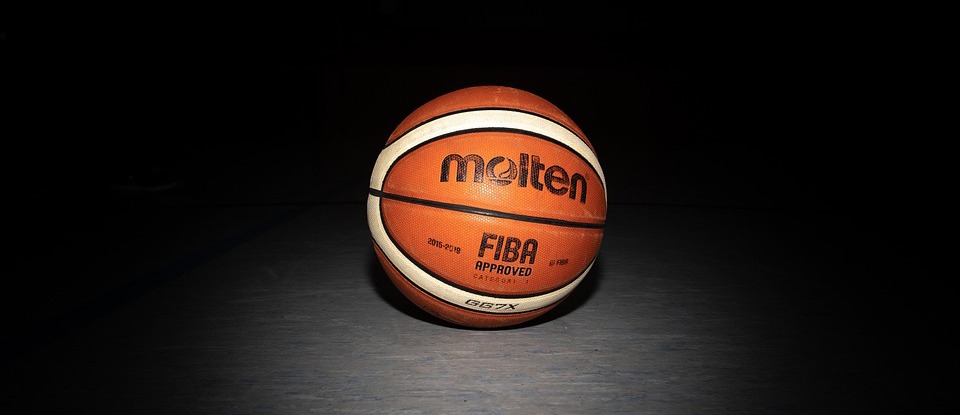
Molten is a Japanese manufacturer of sports equipment and automotive parts that was founded in 1958 in Hiroshima, Japan. Molten is widely known in Asia for manufacturing balls for different team sports, such as association football, American football, handball, dodgeball, and volleyball. As for basketball, Molten also makes different types and models of basketballs, and the company is also the manufacturer of the official balls for FIBA (International Basketball Federation) tournaments around the world. [6]
Outside of professional leagues and tournaments, Molten is known by many as the manufacturer of some of the best rubber basketballs that are perfect for outdoor basketball. Since Molten primarily caters to the Asian market, many of its customers prefer to play basketball outdoors, which is why you will see a lot of rubber basketballs in Asian countries that are made by Molten. Here are a few excellent basketballs from Molten.
- Molten GG7X – if you have the budget to buy pricey basketballs, then you should check out the Molten GG7X, which is a very durable basketball that can be used for indoor and outdoor courts. This basketball has a polyurethane or PU skin that is wear-resistant but soft to the touch.
- Molten BG3800 – another versatile basketball from Molten that is much more affordable compared to the GG7X. This basketball features a soft surface texture for added grip and control.
- Molten GR6 – a very affordable Molten basketball you can buy is the Molten GR6. This rubber basketball is perfect for outdoor courts and is suitable for basketball training and casual playing.
What to Look for When Buying Basketballs in Stores
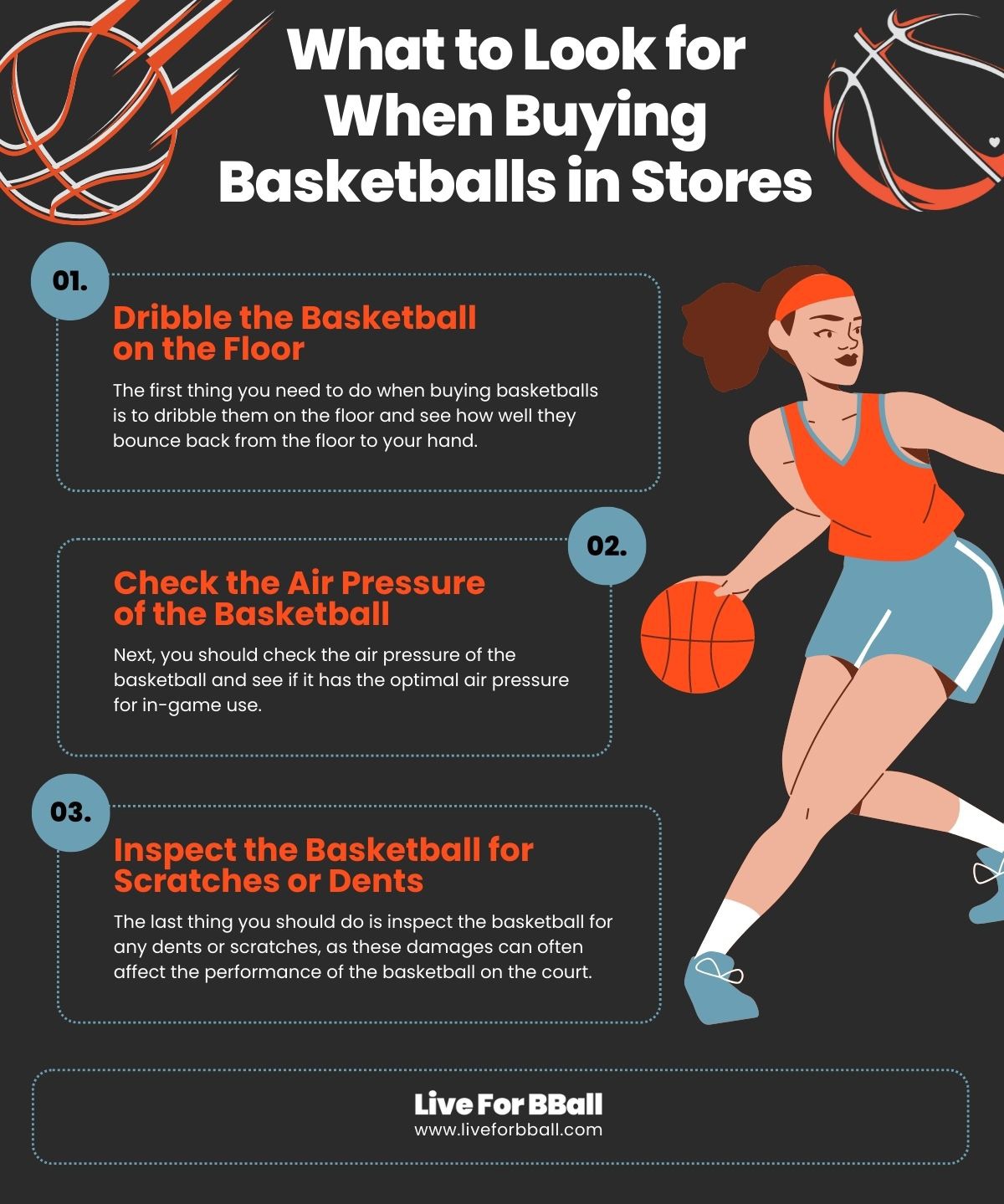
Buying basketballs in stores is a complicated activity, as similar basketballs may often have different feel and grip, even if those basketballs belong in the same series or model number. If you truly want to get the best basketball, we highly recommend that you check basketballs one by one in stores and see which ones feel great after a few dribbles. Here are the things that you should look for when buying basketballs in stores.
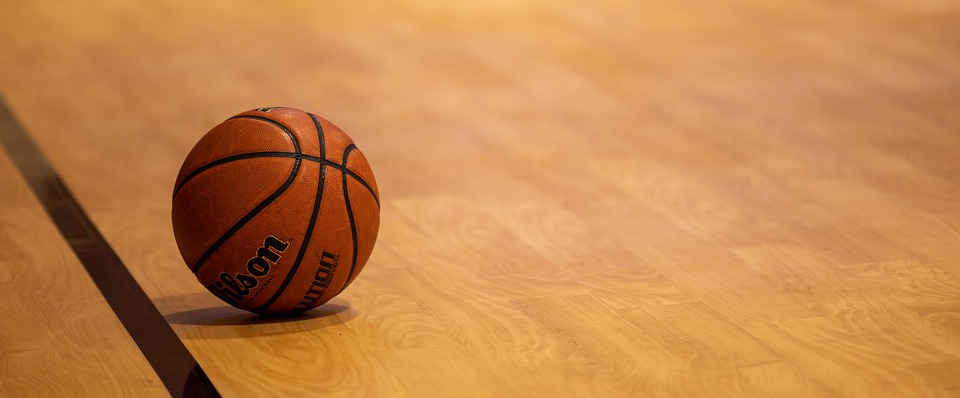
Dribble the Basketball on the Floor
The first thing you need to do when buying basketballs is to dribble them on the floor and see how well they bounce back from the floor to your hand. There are some basketballs that don’t really bounce well due to different factors, which could be the materials used for it or the air pressure inside the basketball. If you have already played basketball for months or years, you will already know which basketballs are great by just how well they respond to dribbles or handling.
Check the Air Pressure of the Basketball
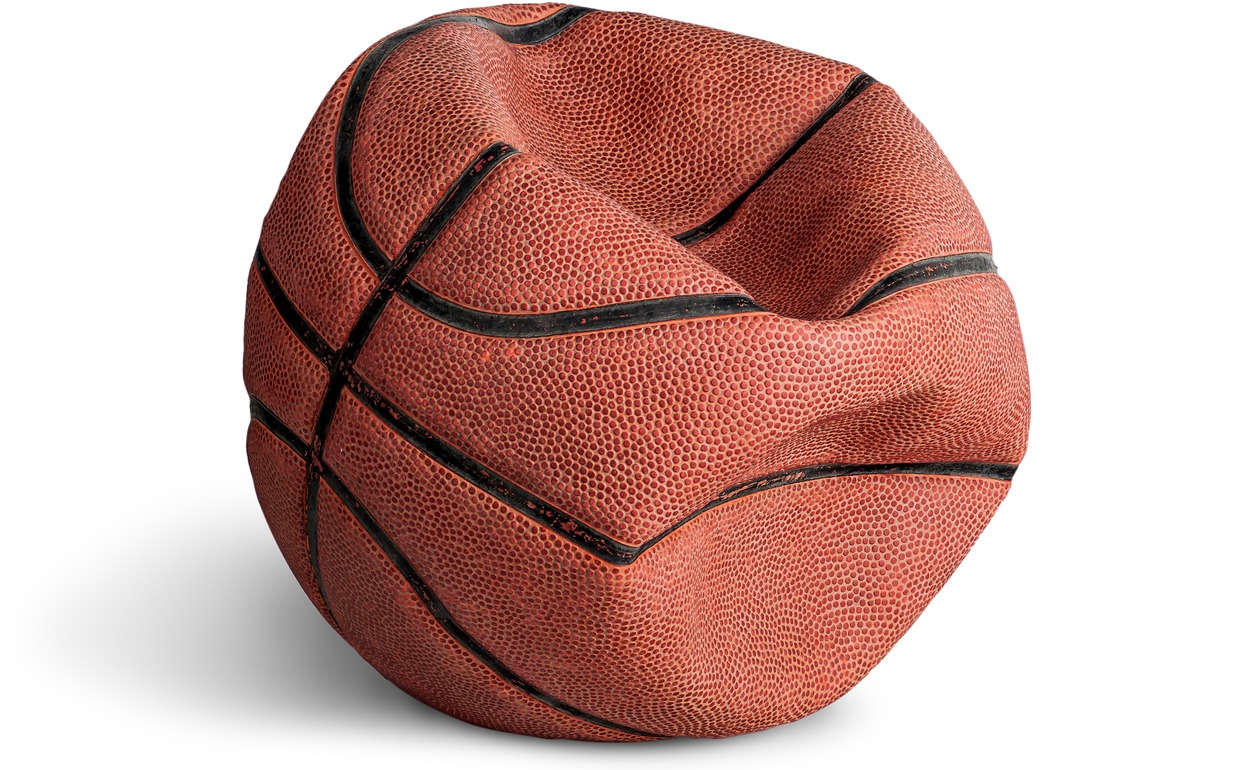
Next, you should check the air pressure of the basketball and see if it has the optimal air pressure for in-game use. Of course, you can fill the basketball with more air if needed, but most of us would want a basketball that is already playable after we buy it.
You can bring a pressure gauge with you to check the air pressure of the basketballs, although most stores wouldn’t allow you to use it on their products. So, the best way to know if the basketball has enough air pressure is by pressing it a little bit, and if it is too soft, it doesn’t have the right amount of air pressure.
Inspect the Basketball for Scratches or Dents
The last thing you should do is inspect the basketball for any dents or scratches, as these damages can often affect the performance of the basketball on the court. A slight dent on the surface of the basketball can often change the movement of the ball, so the product should be in pristine or mint condition when you buy it.
If you are going to use a basketball for specific types of courts, like cemented courts or wooden courts, it is very important to buy the type of basketball that is suitable for those courts. An expensive basketball, despite being made from the finest pieces of leather, couldn’t really be used on outdoor courts, as it can get damaged easily. So, the notion that “expensive products last longer” doesn’t really apply to basketballs. Pick the basketball that has everything you need, and you will be good to go, no matter how affordable or expensive it is.
These are just some of the tips and guidelines we recommend that you should follow when it comes to choosing the right basketball. There are hundreds of basketballs that you can choose from different sporting goods stores, but only a few are considered to be better than others. Besides inspecting basketballs on your own, you can also read or watch reviews of different basketballs online so that you will have a faster and easier time finding out which basketballs you should check out.
References
[1] Wilson Blog. (2022, September 8). How to Choose a Basketball. Wilson Blog. Retrieved October 28, 2022, from https://www.wilson.com/en-us/blog/basketball/how-tos/how-to-choose-a-basketball
[2] Kenpachi, Z. (2020, July 14). How to Choose a Basketball – Complete Guide For all Ages. Stepien Rules. Retrieved October 28, 2022, from https://stepienrules.com/how-to-choose-a-basketball/
[3] Lisadmac. (2018, December 27). How To Choose The Right Basketball -- Complete Guide. Business Module Hub. Retrieved November 2, 2022, from https://www.businessmodulehub.com/blog/how-to-choose-the-right-basketball-complete-guide/
[4] Spalding Basketball. Spalding History. Spalding Basketball. Retrieved November 2, 2022, from https://spalding-basketball.com/about-spalding/history/
[5] Birdwell, M.E. (2018, March 1). Wilson Sporting Goods. Tennessee Encyclopedia. Retrieved November 2, 2022, from https://tennesseeencyclopedia.net/entries/wilson-sporting-goods/
[6] Molten. Molten History 1958 – 2010. Molten. Retrieved November 2, 2022, from https://www.molten.co.jp/corporate/en/about/history/

